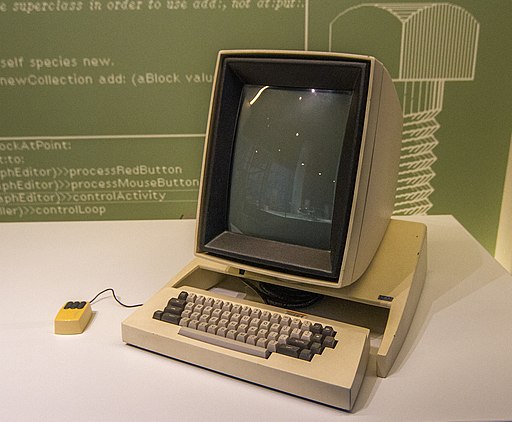 For decades, the “paperless office” has been considered a holy grail of business efficiency. In the June 1975 edition of BusinessWeek magazine (paper-version), George E. Pake of Xerox Corp’s Palo Alto Research Center (PARC) envisioned a “paperless office” of the future. According to George, "There is absolutely no question that there will be a revolution in the office over the next 20 years. What we are doing [Xerox Alto, the first GUI desktop device] will change the office like the jet plane revolutionized travel and the way that TV has altered family life."
For decades, the “paperless office” has been considered a holy grail of business efficiency. In the June 1975 edition of BusinessWeek magazine (paper-version), George E. Pake of Xerox Corp’s Palo Alto Research Center (PARC) envisioned a “paperless office” of the future. According to George, "There is absolutely no question that there will be a revolution in the office over the next 20 years. What we are doing [Xerox Alto, the first GUI desktop device] will change the office like the jet plane revolutionized travel and the way that TV has altered family life."
Pake forecasted that in 1995, his future paperless world will be completely different; with a TV-display terminal and a keyboard sitting on his desk. "I'll be able to call up documents from my files on the screen, or by pressing a button, I can get my mail or any messages. I don't know how much hard copy [printed paper] I'll want in this world." As a side note, a young entrepreneur named Steve Jobs visited PARC in 1979. Apple subsequently introduced “Lisa” as their first GUI personal computer and in 1984, launched the iconic Macintosh. Apple and Microsoft Windows PC’s would go on to dominate the personal computing market. Ironically, eclipsing Xerox.
So has Pake’s “paperless office” been fully realized? Well, yes and no. Today, most of us work exactly as Pake presaged in 1975. We interact with monitor/screens (AKA TV-displays) with modern GUIs connected to powerful computing devices to access our texts, emails, files, docs, and other media. But are we truly paperless? Not yet. Despite the costs and inefficiencies of paper, according to Corp Magazine, a daunting 82% of businesses still used paper. Why? One reason is human nature. Some people simply prefer to handle paper. In other cases, there is a legal requirement to retain a physical copy.
Lastly, businesses are still evolving. Even today, there are many legacy paper-processes where applied technology can create efficiencies. In our business area, Direct Store Delivery (DSD) and Route Selling are great examples of processes which benefit greatly from new tech. Our XMC (xkzero mobile commerce) platform enables businesses to shed the paper and clipboards from their delivery process. This change will dramatically improve delivery operational efficiency and ROI. That said, people are people, so we support portable printing. Alas, Pake’s 100% paperless vision remains elusive. Click here to learn more about XMC for your DSD or Route Sales Operation.
